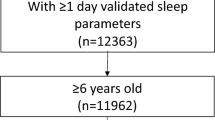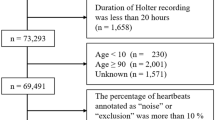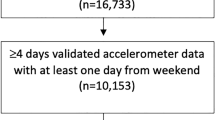Abstract
Extract: There were little or no indications of differences in sleep outcomes between the sexes. Results indicate a disturbance of sleep on initial laboratory nights relative to later nights. The results reported here clearly document the persistence of these effects from year to year. For the most part, sleep characteristics during the 4 years immediately after onset of puberty appear to represent a typical phase in the gradual patterns of changes across all ages. Total sleep time decreased markedly from 560 min in age range 10–12 to 424 min in age range 20–29, with our puberty subjects at intermediate levels. Puberty subjects had an average of 2.5 awakenings/night in the first 2 years as compared with 1.2/night in the last 2 years. The number of sleep stage shifts during the night varied around a constant mean value of approximately 37/night throughout all ages. The number of rapid eye movement (REM) periods during the night decreased sharply for individuals from childhood (6.9/night) through adolescence (4.0/night), remaining constant thereafter. Percentages of the various sleep stages were fairly constant for individuals from age range 10–12 through age 30–39. Our puberty subjects had percentage profiles in near perfect agreement with the normal ontogenetic process. Normative data suggest that slow wave sleep reaches a peak at some point during the teen years.
Speculation: Stability of sleep rather than its disruption may prove to be the rule rather the exception. Sleep may be refractory to developmental change. This may have survival value.
Similar content being viewed by others
Log in or create a free account to read this content
Gain free access to this article, as well as selected content from this journal and more on nature.com
or
Author information
Authors and Affiliations
Rights and permissions
About this article
Cite this article
Karacan, I., Anch, M., Thornby, J. et al. Longitudinal Sleep Patterns during Pubertal Growth: Four-year Follow-up. Pediatr Res 9, 842–846 (1975). https://doi.org/10.1203/00006450-197511000-00008
Issue date:
DOI: https://doi.org/10.1203/00006450-197511000-00008



